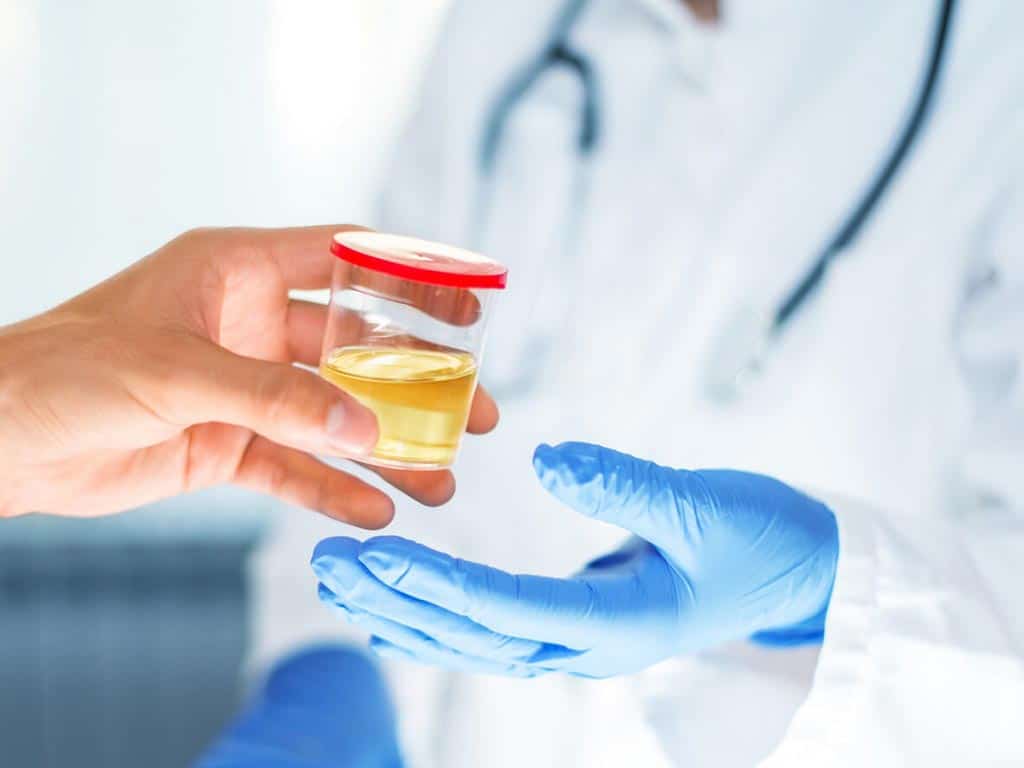DOT Required Drug and Alcohol Testing – Overview
07 November, 2023

The Department of Transportation (DOT) implements strict regulations regarding drug and alcohol use. It aims to prevent accidents caused by impaired drivers and maintain a safe environment for everyone on the road. Thus, the DOT required drug and alcohol testing is a mandatory requirement for all commercial and public transportation operators. It ensures that drivers are not driving under the influence of illicit substances, which could jeopardise public safety.
It is vital for individuals working or planning to work in the transportation industry to know the legal requirements of the DOT. These regulations include mandatory drug and alcohol testing and other related issues. Compliance with these regulations not only ensures safety but also helps avoid severe penalties and legal consequences. In this article, we will provide an overview of the testing programs of DOT, including the types of tests and who is subject to testing.
What is the DOT-Required Drug and Alcohol Testing
The DOT required drug and alcohol testing is a mandatory requirement for all commercial and public transportation operators. It is intended to safeguard the public by identifying and deterring substance abuse among employees in safety-sensitive positions. The test must be conducted in accordance with DOT regulations, including when it is carried out.
Substance tests identify drivers operating under the influence of substances. It is conducted by licensed medical technicians, and the results must meet DOT standards. Moreover, covered employees who fail the test may face legal consequences such as suspension or termination of their license. Individuals with substance abuse may also undergo rehabilitation.
Testing for alcohol and illicit drugs is crucial, as impairment can lead to several consequences. It affects judgment, decreases alertness, and increases the risk of accidents. As a result, it poses safety hazards on the road. By implementing a drug and alcohol testing program, the DOT agency aims to prevent accidents and deter substance abuse. It also maintains the integrity of the transportation system.
Reasons to Test
Companies conduct workplace drug and alcohol testing for the following reasons:
- Ensuring the safety of both drivers and passengers by preventing impaired individuals from operating vehicles.
- Compliance with federal regulations and industry standards to maintain a safe and responsible transportation system.
- Reducing the risk of accidents, injuries, and fatalities caused by drug or alcohol impairment.
- Promoting a professional and trustworthy reputation by demonstrating a commitment to safety and accountability.
- Ensure the workforce is productive and efficient by hiring and maintaining employees with no history of substance use.
- Preventing employee health risks and offering appropriate treatment programs and support for affected individuals.

Types of DOT-Required Drug and Alcohol Testing
The DOT-required drug and alcohol testing implements various test procedures. The standard method is urine testing. It collects and analyses urine specimens for the presence of illegal drugs. It can trace substances for a few days prior to the test. Therefore, it can identify individuals who have been using drugs more accurately.
The second test is oral fluid testing. This method involves collecting a saliva sample through a swab. It can detect substances within 5 to 24 hours after use. Hence, it is suitable for determining current impairment due to its short detection window. The third type is the breath testing process. This test can detect alcohol in the system and measure the Blood Alcohol Concentration (BAC).
Finally, the blood test serves as a confirmation test. It provides the most accurate results, as it measures the actual amount of drugs or alcohol in the body. It is used when other tests yield inconclusive results. Furthermore, these tests are conducted under several circumstances. It includes post-accident testing, pre-employment testing, random drug testing, reasonable suspicion testing and return to duty testing.
Common Substances that Can Be Detected
Various drug and alcohol test methods can detect a wide range of substances. These include illicit drugs such as marijuana, cocaine, amphetamines, opiates, and phencyclidine (PCP). For example, the saliva and urine collection can trace drug metabolites. These are byproducts that stay in the system for extended periods long after the effects of drugs have worn off.
Moreover, a breathalyser can detect ethanol molecules for up to 12 to 24 hours, depending on the amount of consumption. It is helpful in identifying individuals with current impairment. It is also non-invasive and provides instant results, making it ideal for on-site or random alcohol testing.

Who Must Undergo DOT-Required Drug and Alcohol Testing
The DOT-required drug and alcohol testing is mandatory for all safety-sensitive positions in the transportation industry. This includes aviation, trucking, railroads, pipelines, and transit systems. The testing applies to current employees as well as individuals during pre-employment. Generally, it is compulsory for people who hold a commercial driver’s license, including truck drivers, bus drivers, and operators of other heavy vehicles.
Subway operators and pipeline operators must also submit to regular testing. Pipeline operators are involved in carrying flammable or hazardous materials over long distances. They are subject to federal regulations, which require periodic testing for alcohol and drug use. Therefore, it is essential to ensure their sobriety to prevent accidents.
Furthermore, employees of aircraft companies must adhere to regular drug and alcohol testing due to the nature of their jobs. It includes pilots, flight attendants, mechanics, dispatchers, and ground crew. Overall, the testing aims to ensure that employees with safety-sensitive functions are not under the influence of alcohol and drugs. Thus, it lessens the risks of accidents, which could impact the safety of the passengers and the public.
Accuracy and Reliability of Results
The accuracy of DOT drug tests is crucial towards making safety decisions. Firstly, only accredited partners or laboratories facilitate the test in safety-sensitive industries. They adhere to the federal and industry standards of drug and alcohol testing. Secondly, they use reliable testing equipment and valid methods. Following strict protocols ensures correct sample collection and analysis.
The testing process undergoes several stages to ensure the accuracy of results. For instance, follow-up testing confirms a preliminary screen with non-negative results. Lastly, laboratory technicians consider the various factors that can impact the results, such as valid medical explanations. Therefore, it minimises the possibility of false positives.
Conclusion
The DOT-required drug and alcohol testing is essential for employees with safety-sensitive duties in the transportation industry. It helps ensure public safety by making sure that workers and operators are not under the influence of drugs or alcohol. The test helps prevent accidents and deter drug abuse. Moreover, the standard methods include urine, saliva, breath, and blood testing. Each procedure is suitable for different circumstances, including pre-employment, random, return to duty, and post-accident tests.
Safety-sensitive employees regulated by the federal agency must abide by the drug and alcohol regulations. It includes not possessing illicit substances and the misuse of alcohol during work hours or within the working environment. In addition, workers must maintain their sobriety at all times. Individuals who are subject to testing include drivers of commercial vehicles, locomotive engineers, pipeline controllers, and pilots. Finally, DOT-regulated employers have to ensure the accuracy of the results, as this can have significant implications.






























